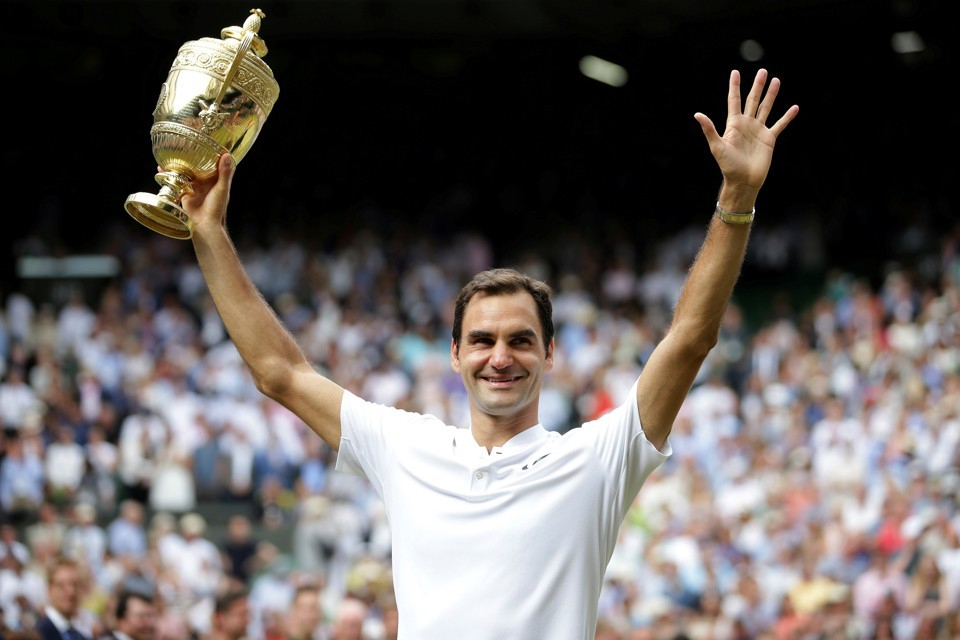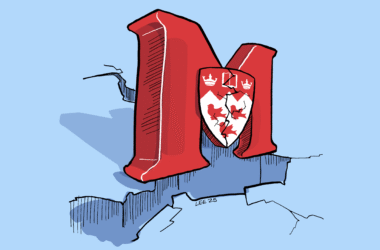On July 16, Roger Federer won his eighth Wimbledon title, surpassing William Renshaw and Pete Sampras to become the most successful man at the All England Club. In the final, Federer topped Croatian Marin Cilic in straight sets (6-3, 6-1, 6-4) in a one-sided, 101-minute match, earning his first Grand Slam title on grass courts since 2012.
Each of the Grand Slam tournaments boast unique features and world-class tennis, but it’s the glamour of Wimbledon and its fabled fortnight that pull on the heartstrings of the tennis world. The tournament, renowned for its mandated white apparel, Gatsby-esque umpire attire, and close association with the British Royal family, has become a symbol of aristocratic tennis rule.
It seems almost unnecessary to discuss how the greatest male tennis player of all time has made history, but Federer is deserving of every last word of praise. He, alongside the other brilliant players of his generation, has brought tennis to the public eye. His mastery of the game will likely remain unmatched for years to come.
For almost two decades, spectators have flocked to Federer’s breathtaking matches and followed the ebb and flow of his career. Most recently, amid speculation that he could be nearing retirement, Federer took a six month break from tennis to nurse an ailing knee. He followed up on his hiatus with a triumphant return in January 2017, and with his recent Wimbledon win, he shows no sign of slowing down.
While impressive enough in its own right, his eighth Wimbledon title comes with a lengthy list of additional milestones and records. This victory makes Federer the first man to hoist the gold cup without dropping a set since Bjorn Borg in 1976 and the first man to play in 11 Grand Slam finals at the same event. It extended his lead of most Men’s Singles Grand Slam titles to 19—four more than Rafael Nadal, who sits in second place. Federer, himself, understands the significance.
“Wimbledon was always my favourite tournament, will always be my favourite tournament,” Federer said after winning the tournament for the eighth time. “My heroes walked the grounds here and walked the courts here. Because of them, I think I became a better player. To make history here at Wimbledon really means a lot to me just because of that really. It’s that simple.”
After taking most of the previous 12 months off from championship play, Federer—who turned 36 this month—began the year with a thrilling victory at the Australian Open. With the triumph over Nadal, he became the first man to take five or more titles at three Grand Slam events. The cards seemed stacked against him that day—during the hardcourt match, Federer received treatment on his thigh while down a break in the fifth set—all against a man who had beaten him 23 times in 34 matches. The victory was an artful performance from Federer. That symphony of tennis at Rod Laver Arena made him the oldest man to win a Grand Slam, a record which he has now broken, once again, at Wimbledon.
In his storied Wimbledon career, Federer has entwined himself into the fabric of the event. Just as Nadal’s grinding performances fit seamlessly with the name, “King of Clay,” it is hard to imagine a player more synonymous with the grandeur and history of Wimbledon than Federer. Stretching back to 2006 and 2007, when Federer wore monogrammed blazers onto the court, followed by the gold piping cardigan of years to come, he has become one with the image of Centre Court and its dark green stands. He is Wimbledon’s golden boy once again, and the tennis world has found itself reformed believers of the graceful and timeless Swiss champion.







